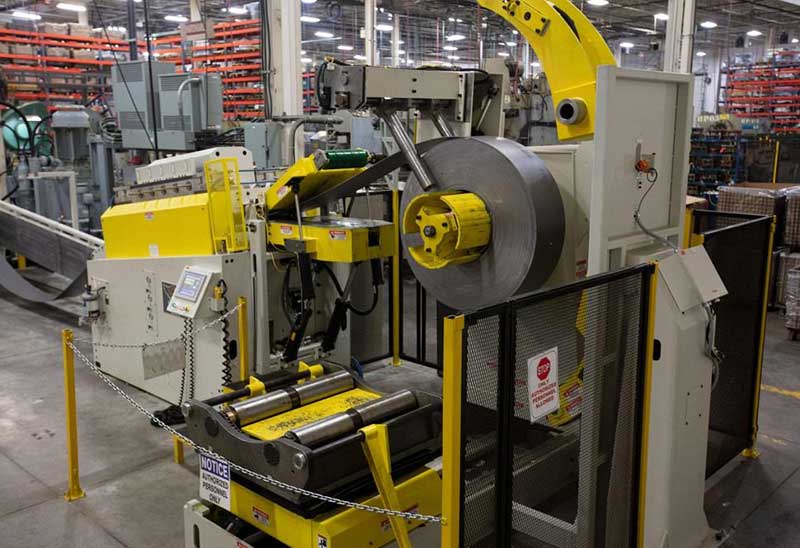At COE Press Equipment, we’re always looking for ways to help our customers improve press feed operations—especially when resources are tight and labor is stretched thin.
Our own Regional Sales Managers, John Kwiatkowski and Tom Brokie, recently shared practical insights in The Fabricator on how to get more from your press feed line without investing in brand-new machinery.
Here are three key takeaways:
Start by tapping into your team’s tribal knowledge. Documenting best practices and standardizing setup procedures can help reduce errors and boost consistency—especially across different shifts.
Sometimes the best way to improve press feed operations is with a fresh set of expert eyes. A professional audit can reveal hidden bottlenecks, training gaps, or outdated equipment that’s slowing you down.
Upgrades like programmable speed controls, smarter loop sensors, and updated operator interfaces can transform your line’s performance. Even small automation changes can deliver big productivity wins.
Want more ideas? Read the full article on The Fabricator for deeper insights from our team.
Looking to see how COE can help your operation run smoother? Explore our solutions or contact us for a performance evaluation.
